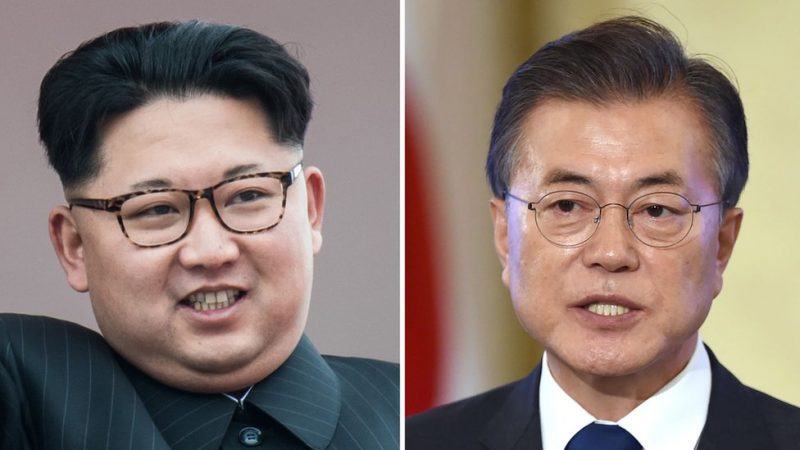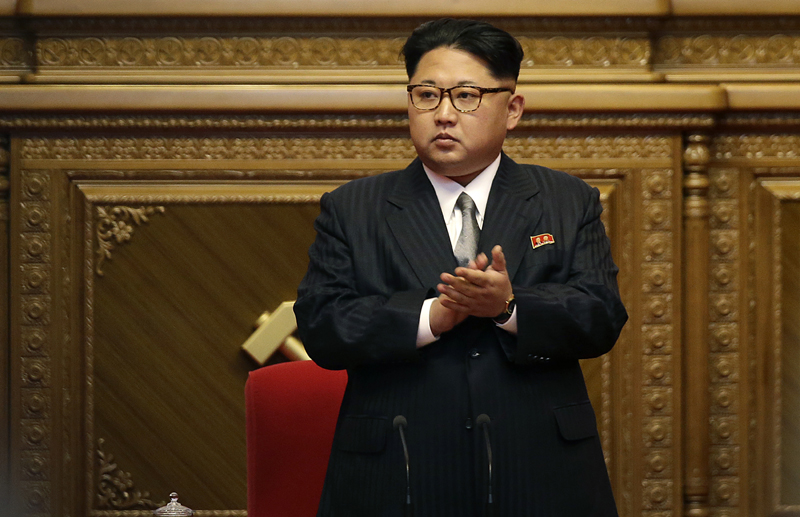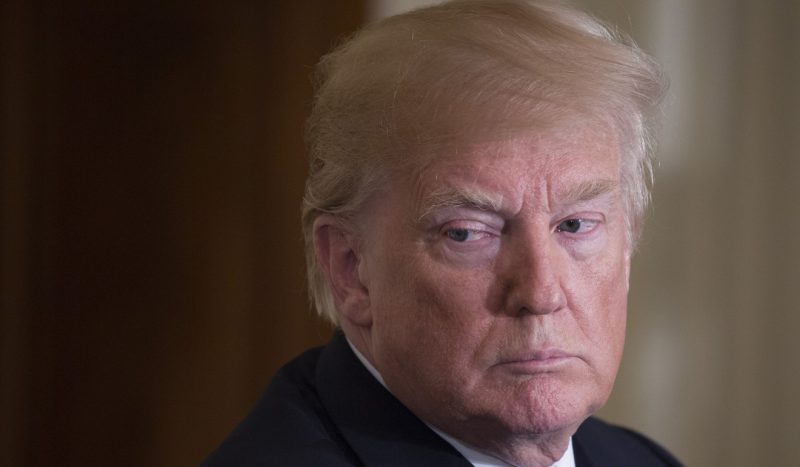So Far …

Reading first reports that American CIA chief Mike Pompeo held secret talks with North Korean leader Kim Jong-Un on April 1, one might be forgiven for thinking it an April Fool prank.
But no, the meeting did take, confirmed by none other than US President Donald Trump. In a tweet this week, Trump wrote:
“Mike Pompeo met with Kim Jong Un in North Korea last week. Meeting went very smoothly and a good relationship was formed. Details of Summit are being worked out now. Denuclearization will be a great thing for World, but also for North Korea!”
— Donald J. Trump (@realDonaldTrump) April 18, 2018
Pompeo, who is awaiting confirmation of his new post as Secretary of State before the Senate later this month, is known for his hawkish foreign policy views. As CIA chief, he notoriously said that he wanted to make the feared quasi-paramilitary organization even more “vicious”.
Now Pompeo is serving as a peace tribune to North Korea, which until recently he has taken a confrontational stance towards.
When he was nominated last month to take over from outgoing Rex Tillerson at the State Department, some observers expected the surprise rapprochement between the Trump White House and the North Korean leader would be subsequently nixed. Pompeo, and the advent of John Bolton as Trump’s National Security Advisor, personify the neocon faction in Washington.
The emerging fact that Pompeo met in person with Kim Jong-Un in Pyongyang and that the pair apparently formed a “good relationship” seems a rather dizzying revelation.
It was the highest level meeting between a senior American official and a North Korean leader since 2000 when then Secretary of State Madeleine Albright, from the Bill Clinton administration, met with Kim Jong-Il – the father of the state’s current leader.
Not only that, but Pompeo and Kim Jong-Un reportedly discussed making preparations for a forthcoming face-to-face summit between Kim and Trump. That encounter could take place in June, although a venue has not yet been finalized. It would be an unprecedented breakthrough and the first time a sitting American president has ever met a North Korean leader.
Trump took his inner circle aback last month when he impulsively accepted an invitation from North Korea’s Kim to hold a one-on-one summit. Trump jumped at the chance even before his national security team had been consulted. It appears that the president is very much still on board for the tête-à-tête.
This is a startling turnaround in bilateral communications. During Trump’s first year in office, he frequently used incendiary rhetoric towards North Korea, disparaging Kim as “little rocket man”, and threatening to use overwhelming military force against the northeast Asian nation over its clandestine nuclear-weapons program.
For his part, Kim was none too shy about firing back the rhetoric at Trump, mocking the American leader as “an old dotard” and threatening to strike the US mainland with nuclear ballistic missiles. It is not confirmed if North Korea has reached the capability to hit North America with nuclear warheads.

But it seems that Kim’s newfound willingness to engage in diplomacy with the US may be prompted by a sense of strength from having achieved that nuclear threshold.
Others would say that the ratcheting of US-led economic sanctions under Trump has forced Pyongyang to the negotiating table.
Whatever the exact motive force, the upshot is that the American and North Korean leaders are willing to talk. That outcome of jaw-jaw is better than war-war, as Winston Churchill once said.
The diplomatic path of dialogue has also been consistently urged by Russia and China.
If one hasn’t already been overwhelmed with positive development, then here’s one more thing.
Next week, the South Korean President Moon Jae-In is due to hold a summit with Kim in which the two leaders are prepared to explore the signing of a full peace treaty to mark the end of the Korean War (1950-53). That meeting will the first of its kind between two Korean leaders in more than a decade.
Never before has a full peace treaty been broached at such a senior Korean government level. For the past 65 years since the end of the war, the two Koreas have coexisted in a technical state of war, restrained only by an armistice or truce. That situation has been historically fraught with concerns of a return to full-blown war.
Furthermore, President Trump has said he gives “my blessing” to the inter-Korean talks next week aimed at negotiating a definitive peace treaty. No sitting American president over the past six decades has acknowledged the issue of signing a peace treaty, let alone endorsing it.
The US was a main belligerent in that war, siding with its ally South Korea against the Communist North. Any peace treaty would involve the US signing up to it, along with South and North Korea, as well as China which backed the latter in the war.
Unfortunately, this is where the goodwill on display so far may become unstuck.
Trump says he welcomes North Korea’s offer of engaging in talks for “denuclearization” – that is, to dismantle its nuclear weapons program. But North Korea will want proper exchange for such a momentous move.
A full peace treaty over the Korean War is one such reasonable demand. That could then pave the way for the eventual unification of the two Koreas, which many people on the Peninsula have long desired, including the present leaders on both sides of the Demilitarized Zone.
But a peace treaty also implies that the US withdraws all its forces from the Korean Peninsula. Currently, there are some 30,000 US troops stationed in South Korea. There has been an American military presence on the peninsula since the end of the Second World War.

Every year, the US conducts large-scale military maneuvers with South Korean forces in the air and waters around the peninsula. This has long been a cause of animus in North Korea which views the “war games” as rehearsals for the resumption of war.
The fundamental issue is that American strategy for power and influence in Asia-Pacific towards perceived chief rivals Russia and China depends on the US military having a foothold on the Korean Peninsula. It therefore seems deeply counter-intuitive that US geopolitical planners would be prepared to surrender their Korean power-projection point.
President Trump has so far, surprisingly, shown goodwill to talks with North Korea and the search for peace.
But when Washington realizes that a genuine peace settlement involves the complete withdrawal of American military forces from Korea, Trump’s thumbs-up is likely to become inverted.
FINIAN CUNNINGHAM | SCF
This article was first published by Strategic Culture Foundation
The 21st Century
